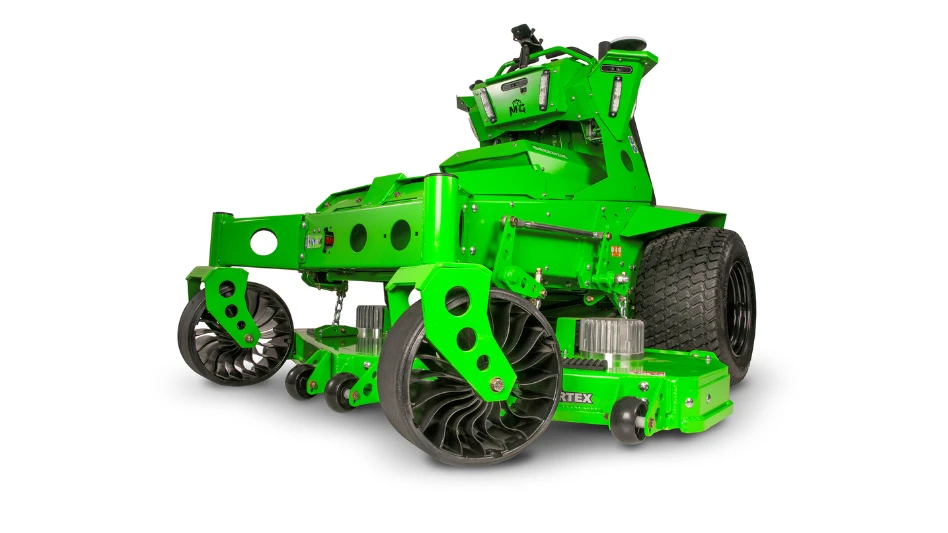Canada thistle is the most common noxious weed problem in Colorado and most states in the Rocky Mountain region. This exotic species was first introduced from Eurasia to the United States about 400 years ago. It has since spread to 42 states and the Canadian provinces.
A detriment to the environment and economy of Colorado, this pesky thistle negatively affects agriculture and natural areas. Comprehensive information on the biology of this species can be obtained from Colorado State University.
Canada thistle can be controlled by diligent land managers and private landowners; but persistence is required. A combination of management efforts can remove the majority of a Canada thistle infestation in two to three years but subsequent follow-up spot treatments might be necessary for several years.
Best Management Recommendations
- Cultural control -- Establishment of competitive desirable vegetation is the bottom line for management of any noxious weed. Weeds do best when invading disturbed sites, so by maintaining a vigorous stand of competing vegetation, weed problems are minimized. Grasses provide the best competition because of their tolerance to mowing and to most herbicides used for control of Canada thistle. If grasses are not present in a problem area, then seeding is necessary. If grasses are present at all, the densities should increase as Canada thistle decreases.
- Mowing/grazing -- Removal of Canada thistle above-ground will stimulate regrowth, which reduces carbohydrate reserves within the root system and weakens the plant. Canada thistle is palatable to livestock until the plants begin to dry down. Grazing needs to be monitored for adverse effects on desirable grasses, otherwise this management tool becomes counter productive. Mowing Canada thistle at the early flower stage maximizes stress on the plant's carbohydrate reserves. Mowing/grazing alone will not control Canada thistle but used in conjunction with a fall herbicide application provides excellent control.
- Herbicide application -- Provides the most effective control of any perennial weed, particularly when applied in the fall following summer mowing/grazing. The most beneficial time to apply is September or October, prior to a hard frost.
Alternatives
- Hand pulling/clipping -- Not effective for controlling Canada thistle infestations unless one is extremely persistent. Above ground growth is the tip of the iceberg and hand pulling, at least on larger areas, is seldom feasible.
- Insect bio-control -- Not effective. Experts with Colorado Department of Agriculture, Colorado State University and USDA do not recommend insect releases for control of Canada thistle even though insect agents are available.
Latest from Lawn & Landscape
- Connect, Control & Conserve with Horizon Technical Services
- Use Horizon's Parts Hotline
- How I built a Top 100 company
- Horizon’s Exclusive TurfGro Fertilizer
- Grow your business with mosquito control
- LandCare adds 2 branches in SoCal, promotes Aleman to branch manager
- Spray them away
- PERC helps debut propane direct-injection fuel system at ACT Expo 2025






